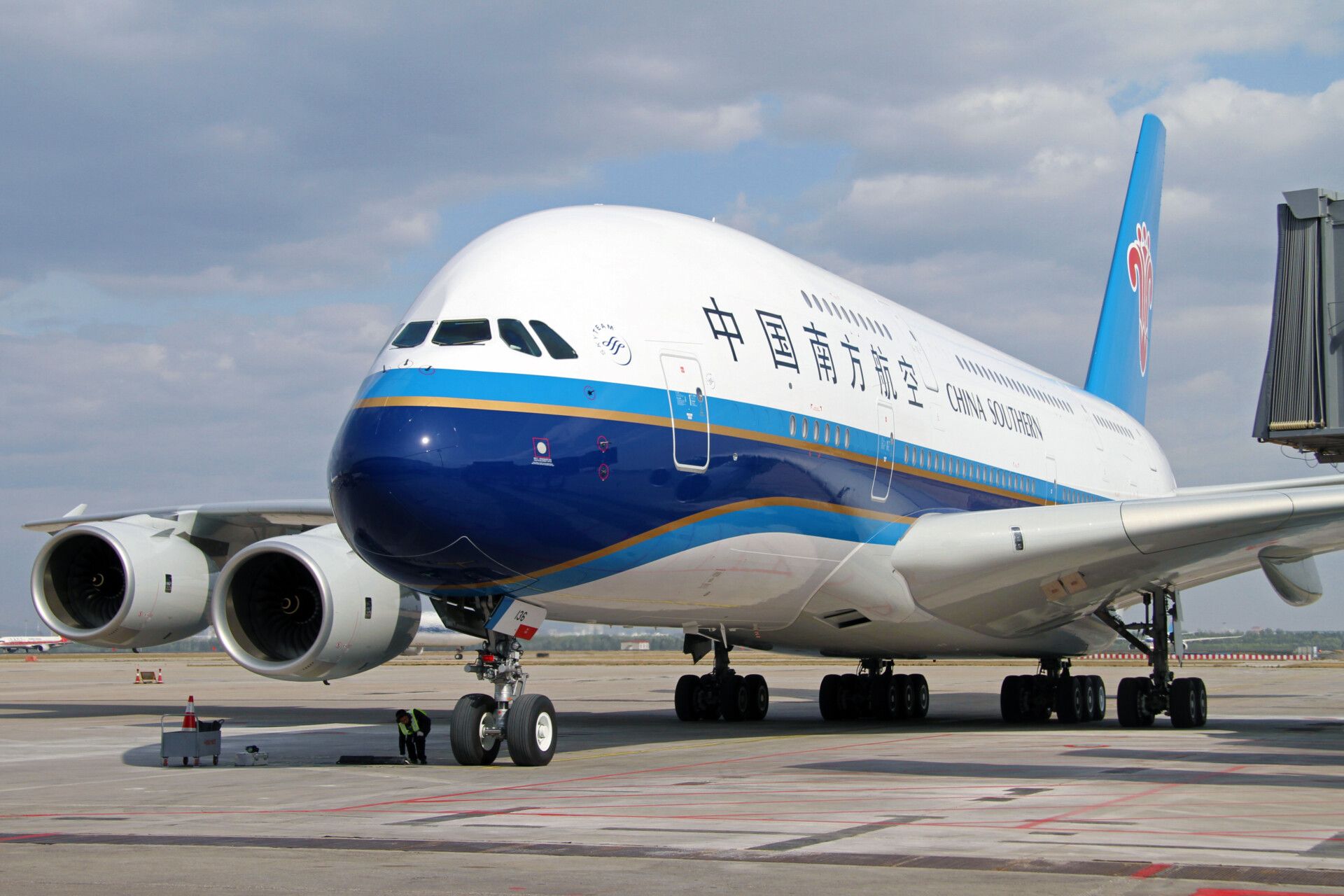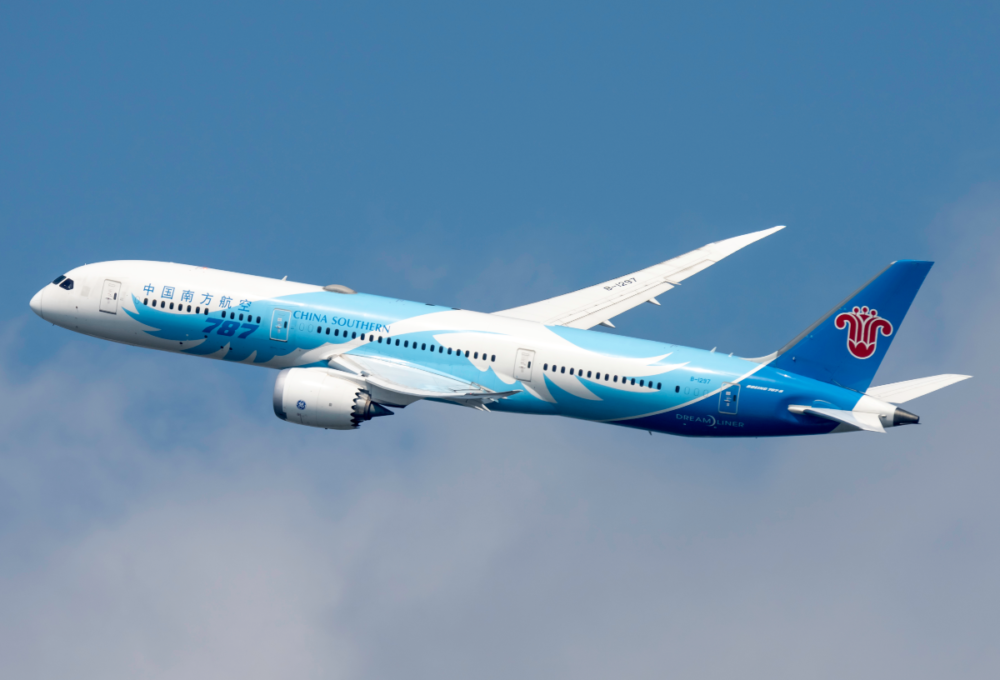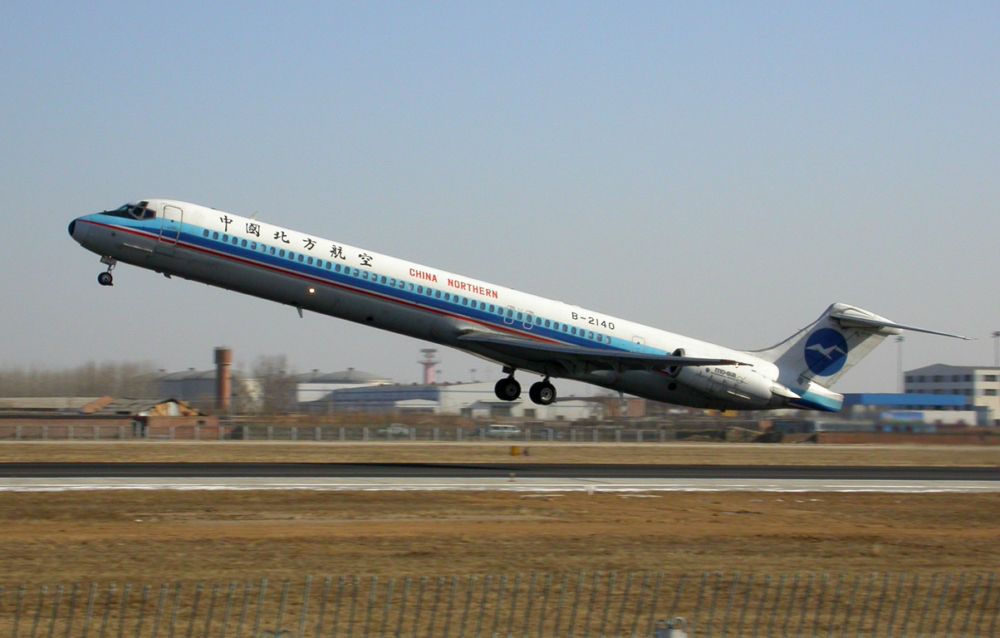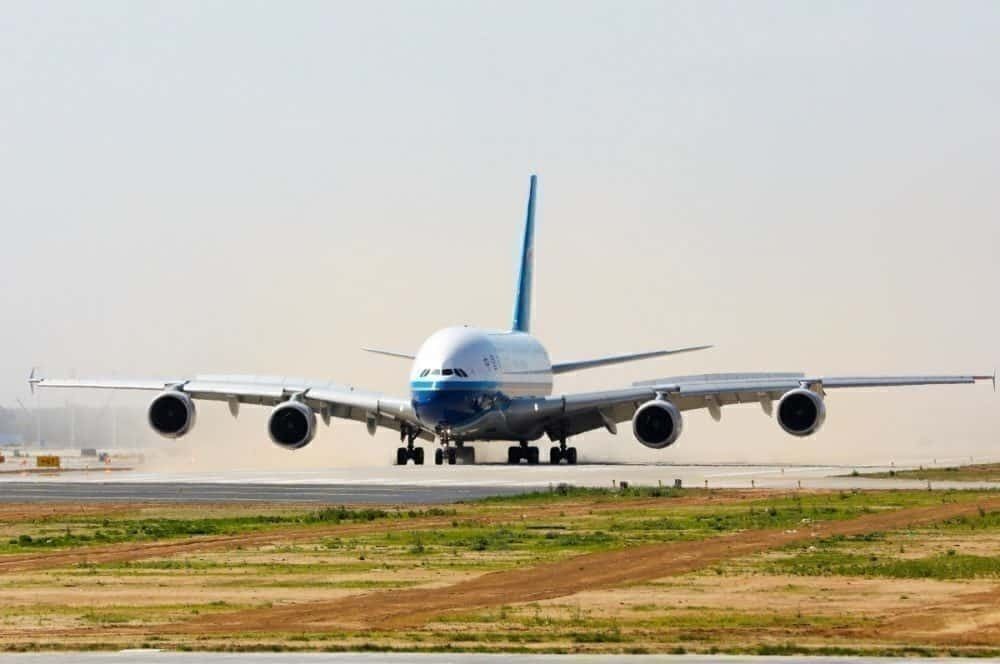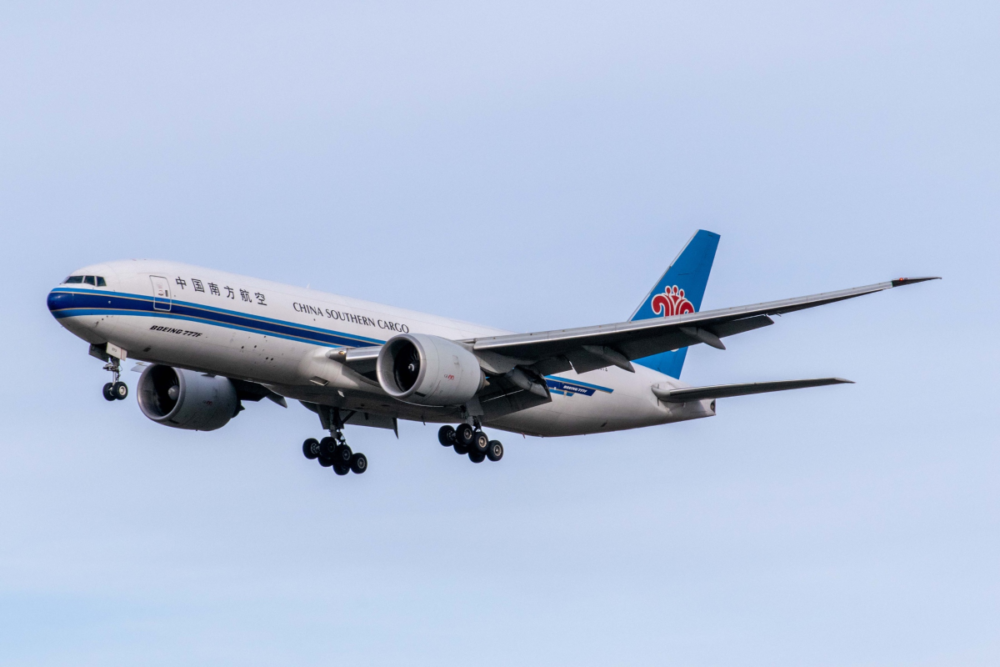The global travel downturn may have clipped its wings, but China Southern Airlines remains one of the biggest airlines in the world. While China Southern's fleet size and extensive network impress, the airline has managed to build itself up to its present size in just 33 years. Few airlines can match China Southern for that kind of growth.
China Southern Airlines times its start nicely
China Southern Airlines had its genesis in the breakup of CAAC Airlines in the 1980s. The Civil Aviation Administration of China had operated a monopoly airline in China but decided to concentrate on regulating the local aviation market rather than running an airline.
CAAC divided China into seven regions, including the Guangzhou Regional Administration. Guangzhou-based China Southern began flying under its own brand and colors in early 1991. Elsewhere around China, now well-known airlines like China Eastern and Air China also got their start around this time.
In the early 1990s, China Southern Airlines wasn't the juggernaut it has become today. The airline had a quarter of the planes it now has and flew mostly Chinese domestic routes.
But China Southern got its start at the right time. The airline began flying just as China started growing and adopted a more international focus. China's growth gave China Southern considerable uplift over the next few decades.
Less than 18 months after first flying under the China Southern brand, the airline placed a US$800 million order for six Boeing 777-200s, with the first due for delivery in 1995.
China Southern's growth turbo-charged in the early 2000s
Initially, under the terms of the CAAC exiting the airline business, Air China got the lion's share of international routes in and out of China. But within a few years, China Southern was looking beyond China and keen to establish itself as a premium Chinese carrier.
Helping China Southern's international ambitions was the signing of an air services agreement between China and the US in 1995 that allowed nonstop flights between the two countries. Within two years, the airline was flying to Los Angeles as well as beginning flights to Amsterdam and Brisbane. It was the start of China Southern's extensive global footprint.
These flights coincided with the arrival of those Boeing 777-200s. The factory-fresh North American planes helped build China Southern's reputation. Also helping the airline's cause was their well-publicized pursuit of western-style transparency, accountability, safety, maintenance, and service.
China Southern's growth was turbocharged early this century when CAAC decided to consolidate the number of state-owned Chinese airlines. Along with Air China and China Eastern, China Southern Airlines was one of the big beneficiaries.
The airline quickly absorbed Zhengzhou-based Zhongyuan Airlines, taking on their small fleet as well. By 2004, China Southern had merged with Shenyang-based China Northern Airlines and Urumqi-based Xinjiang Airlines. As a result, China Southern's fleet increased by one-third, and it was flying around 45 million passengers annually by 2005.
This period of state-directed consolidation set China Southern Airlines up to become the powerhouse airline it has become today.
A burst of aircraft orders earlier this century
Beijing's hosting of the 2008 Olympics also helped China Southern along the way. The Chinese Government had a lot invested in China presenting well to the world. That included sprucing up their airlines.
In the run-up to the Olympics, the Chinese Government placed some big aircraft orders on behalf of its state-owned airlines. China Southern was the only Chinese airline to have Airbus A380s ordered for it. In 2005, five A380s were ordered, worth around US$7 billion.
The A380 was just one of many orders made in a ten-year period between 2005 and 2015. While not all the planes went to China Southern, a lot did. Ever since then, the airline's fleet has steadily increased in size. As it got more planes, China Southern needed more uses for them. So they began to fly to more destinations more often.
Get your boarding pass to the flight of the year. The Future Flying Forum is taking off soon!
In the middle of the last decade, Chinese airlines were notorious for capacity dumping. They'd fly to some long-haul destinations multiple times a day, far more than actual demand warranted.
China Southern builds itself into a global airline brand
In addition to the A380s, Airbus A330s, Boeing Dreamliners, and a vast array of narrowbody aircraft were ordered by or for China Southern Airlines. The shiny new long-haul jets mostly didn't arrive until well after the 2008 Olympics, but that really ended up being neither here nor there.
The first A380 landed in Guangzhou in 2011 and began flying between Guangzhou, Beijing, Shanghai, and Hong Kong before eventually finding its way onto international routes. Ten years down the track, we know the A380 never really worked for China Southern. Earlier this year, an China Southern executive admitted they'd be open to offloading or retiring the plane.
The first Boeing Dreamliner landed in 2013. The airline now has 27 of them. All up, present-day China Southern Airlines has 635 planes in its fleet. There are bigger airlines (American Airlines has nearly 900 planes), but China Southern's 33-year journey has been extraordinary.
The bulk of China Southern's fleet (and these days nearly all of its business) services China's domestic market. North Asia (which includes China) is the second busiest airline market in the world. On raw flight numbers, OAG data names China Southern as the sixth busiest airline in the world. In October, China Southern is scheduled to operate 68,454 flights.
Guangzhou, China Southern's home port, is slated at the world's fourth busiest airport in the world this month, having 3,466,466 seats in and out of the airport - and a substantial percentage of those on China Southern aircraft.
While the global travel downturn has knocked China Southern Airlines around and severely curtailed its international operations, it seems the airline will bounce back bigger and stronger than ever over the next few years. For that reason alone, China Southern is one airline worth watching.

